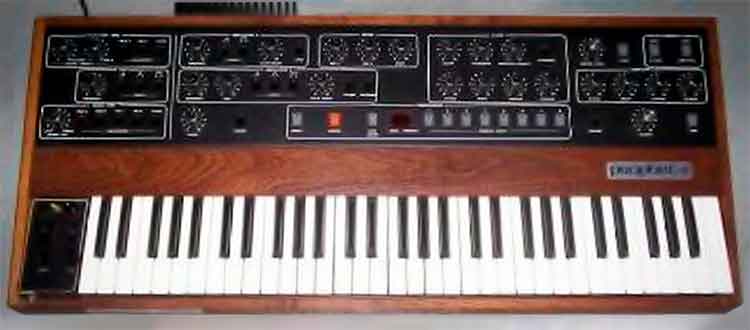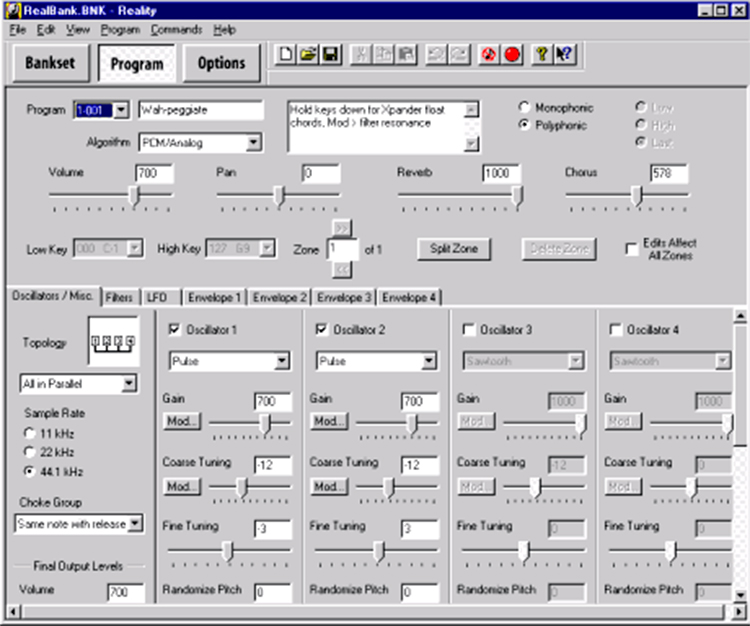Music-related obituaries are starting to be a terrible Friday tradition. And that’s it after saying goodbye to Vangelis and Andrew Fletcher fourteen and seven days ago, today it’s Dave Smith’s turnthere are far fewer media than the previous ones, but believe it or not, it’s key that both musicians, like many others, can rewrite the relationship between music and electronics.
And it’s because, as you probably remember, when we said goodbye to Vangelis, we also talked about how important the 1970s were with electronic music, with the synthesizer boom that had been gaining ground for some time, but had experienced a huge development, partly the cause and partly the consequence of the popularization of electronic music. And a milestone in this regard was the Prophet-5, the first programmable polyphonic synthesizer based on a microprocessor, the legendary Zilog Z80responsible over the years for the generation of the massive arrival of computers in our homes.
Mythical Prophet-5 was created by Sequential Circuits Inc. (SCI), founded by Dave Smith in 1972, which has been drinking since the beginning of the technological revolution that has just begun, and having designed some third-party synthesizer models. , embarked on an ambitious project to create a technologically advanced synthesizer, but also more economically affordable than was common at the time. If computers with the Z80 were to popularize home computers, Prophet-5 designed by Dave Smith did something similar when it came to electronic music.

However, even if Dave Smith’s contributions to the world of synthesizers were visionary (so much that many think he was too far ahead of his time), if there is something he is particularly remembered for, then it is for what happened during the NAMM Show ( one of the most important and veteran fairs in the music sector) since 1983. In this event, Dave Smith joined two synthesizers together at the public show, the Prophet-600 and Roland Jupiter 6. MIDI has just been born.
Effectively, a connection standard for musical instruments and devices that has completely changed the relationship between music and technology He has a father, Dave Smith, who in 1982, after working for a while with Ikutaro Kakehashi (Roland) and Tom Oberheim (Oberheim Electronics), designed the industry, certainly without imagining the extent to which his work would have, a system that has used and continues to use to connect musical instruments to computers and workstations, whether in professional recording studios or in the homes of many music composition and performance enthusiasts.
As mentioned earlier, Dave Smith It was considered by many to be ahead of its time., something that can be very positive, but it can also have tremendously negative consequences. At Sequential Circuits Inc. he continued to design and market synthesizers, but focused on the opportunities offered by what became popular over the years as DAW (Digital Audio Workstation). The problem was that it was too early for that, so the market was unable to absorb what it was offering and was eventually forced to sell Yamaze in 1987 after bankruptcy.

Over the years, SCI has designed no less than 19 facilities, many of which have features that were extremely innovative at the time, they were later adopted by the music industry, which shows that Dave Smith had a very clear vision of the evolutionary potential of digital functions and instruments in musical composition. Much of his legacy in this regard is reflected in the tools and functions that are fully in force today.
And he will sign another moment of glory in design, already in the service of Korg, unforgettable Korg Wavestation, on whose proposal part of her original team at SCI collaborated. He later founded a new company, Dave Smith Instruments, with which he designed other synthesizer models, which also became very popular. But without forgetting the synergies between devices, devices and computers.
This gave rise to one of his synthesizers, remembered Six feetwere designed for use in conjunction with the Commodore 64something that made him a little later, in 1993, to sign the historic Seer Systems Realitywhich many remember as the first virtual tool in history. Something that is common today, namely connecting the keyboard to a PC and using various tools, had its first big precedent at that time. Smith’s choice with Breadcom can also be linked to the subsequent success of the Commodore Amiga among many composers.

Vangelis’ generation provided a soundtrack to the computer revolution, but at the same time as he and many others of his generation composed, DAve Smith shed light on the foundations of a much more direct connection between the two worlds. If the music was inspired by computers and technology, why not establish the necessary channels so that one can feed the other not only inspiring but practically. Why settle for interaction when they can complement each other? This is the path that Dave Smith began to map.
When Dave Smith adopted the Z80 for the Prophet-5 design, he made it very clear that he was quite aware of what was happening in the integrated world, but before and after was marked by his NAMM Show in 1983. 39 years have passed since then, and although MIDI has evolved since then, as have instruments and equipment, without Smith’s vision a forefront, history could be very different.
This third Friday of the technological-musical obituary, we are not saying goodbye to the composer who has signed some of the works that have entered the history of music. No, we fired Dave Smith today, without whose influence music and electronics would not have come into the form that has survived to this day.
Pictures: Pete Brown / Clusternote / Matt Perry / Vintage Synth Explorer
